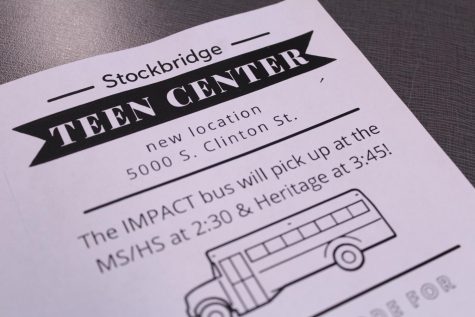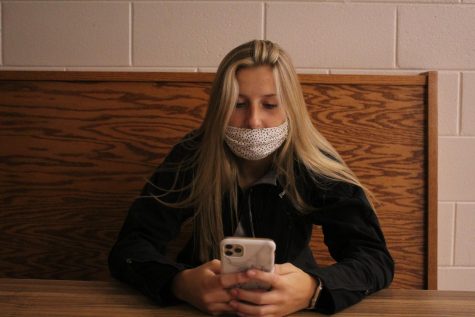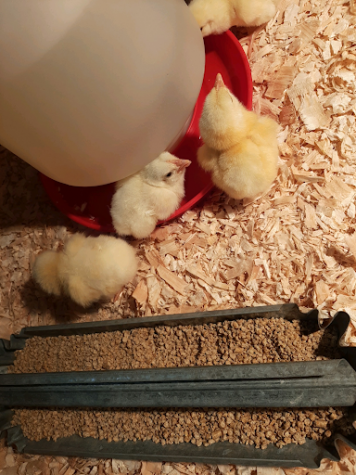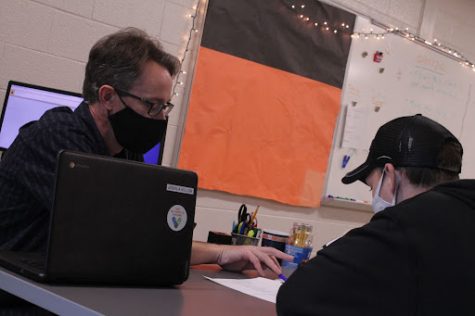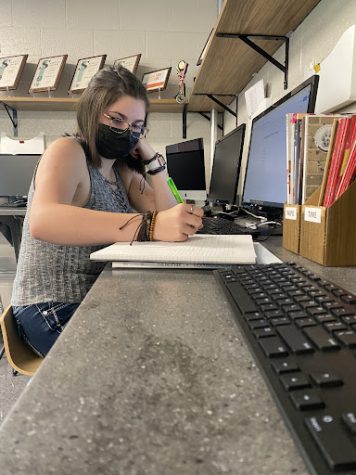School is designed to make us hate it

I know this because when I enter the building each morning, it’s quiet with people scattered throughout the cafeteria and booths. This may sound calming, but we students are separate but not equal. Walking by the junior high hallway, I see—at most—one of three doors leading to their space is open, like it is some sort of master plan to separate them from the high school, as if high schoolers and junior high students interacting with each other during school is going to be the end of the world.
My morning calm erupts when I hear, “I don’t want to be here” or “I really don’t want to go to so and so’s class” most days.
I look around to see learners struggling with homework because they didn’t understand the lesson the way their teacher explained it the day before.
Like they are part of an unseen program, students chatter about how much they don’t like a certain staff member because they feel like that staff member doesn’t like them.
Making my way down the freshman hall, I always see the junior high students rushing to their small hall that I know myself is hard to navigate during passing time due to overcrowding.
This quarantine makes high school seem unnecessarily scary.
If you take time to really listen and observe, you see that there are cultural routines that are repeated every day, negative things.
Let us learn to relate to each other. Allowing students to spread out to work and giving them more passing time in the hallway makes them feel less like prisoners and more like actual human beings according to Practical Theory, an education blog. It makes them feel more valued so they see school as a place to learn and not someplace they have to go to.
And, the hallways aren’t the only cramped, crazy spaces.
Larger classes tend to be loud; for some that makes it very hard to focus.
Allowing a few students to go out into the hallway to work can be vital to them succeeding as well.
Not to mention, when we are around our same-aged peers all day, drama does happen, making it hard to work when we are stuck thinking about something else. Being allowed to leave for a few minutes to clear our heads is just as important.
Obviously, all of that comes with trust and responsibility.
The way students are taught isn’t always the best way for them to learn.
According to Stanford researchers knowing how you learn helps you to communicate with your teachers so you can learn more effectively.
Paper and pencil work or writing notes on the board is frustrating to people who learn better by hearing the notes or looking at pictures. Some teachers only teach one way and don’t switch up different methods of learning throughout the class.
And, let us move around a little. Students tend to excel more in classes where they can move around and feel they have enough time to finish the work.
At times it feels like some teachers assume that the way they teach is fine, when that isn’t always the case.
There isn’t a good relationship between staff and students, which doesn’t allow proper communication of how to improve.
Researchers at The Scots College found that a positive teacher and student relationship creates an environment where students are more willing to participate and turn to their teacher for advice. When students feel like one of their teachers doesn’t like them, they won’t enjoy the class and will be more reluctant.
Creating a relationship encourages the student and teacher to provide feedback to each other so that they can both grow.
I find it scary to talk to some teachers that I am not as close with, so in those classes I don’t always get the help I need. That’s why it is so important to build that relationship.
Changing the way we do these things will make students want to come to school for more than just to see their friends.




